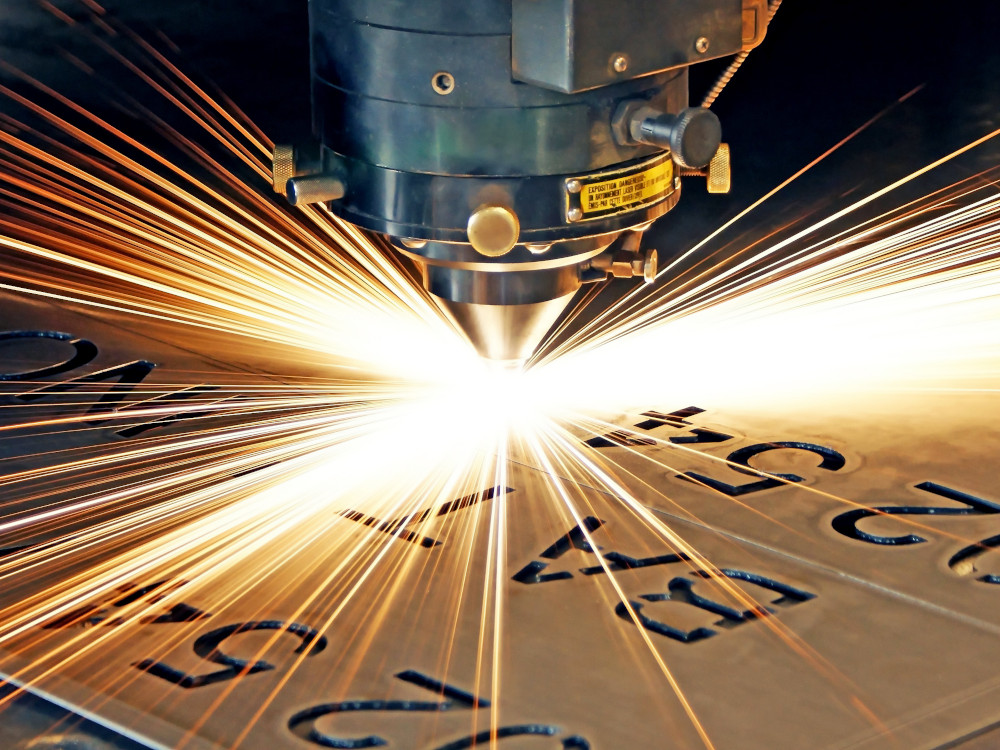
02 Oct Laser Damage Threshold Testing
Defining the Specification
LDT specifications aim to define which lasers are compatible with a specific optic or optical assembly. The ISO 21254 standard describes LDT as the “highest quantity of laser radiation incident upon the optical component for which the extrapolated probability of damage is zero”. In simpler terms, LDT specifies the maximum laser fluence (measured in J/cm2 for pulsed lasers) or maximum laser intensity (measured in W/cm2 for continuous wave [CW] lasers) that an optic can endure before sustaining damage, although it’s not an absolute guarantee in practice.
Despite this, the absence of an industry consensus regarding LDT testing procedures, damage detection methods, and data interpretation makes LDT a complex specification. The current ISO 21254 standard often yields ambiguous results, where its application by three different companies testing the same optical sample, may provide three different values.
However, engineers at Edmund Optics, including Dr. Matthew Dabney, Principal Laser and R&D Engineer, are actively involved in developing a new LDT testing standard as well as creating an in-house testbed capable of accommodating testing according to ISO Standards 21254-1, -2, -3, and -4, and newer parameters and protocols from the Optics and Electro-Optics Standards Council Task Force 7 (OEOSC-TF7). This in-house testbed allows Edmund Optics to measure the optics they manufacture with a high degree of confidence and repeatability, allowing them to accurately verify the published LDT specifications. Having such a testbed provides them with a rapid feedback loop to maintain a reliably high-quality laser optics production.
Developing a Testbed
Uncertainty surrounding the actual damage probability associated with a given LDT value arises from various factors during testing, including fluctuations in the test setup, under-sampling of the optic, and damage detection methods. Edmund Optics’ testbed utilizes a 1064nm Nd:YAG laser beam, and LabView software to control the process and gather test data. Due to the different penetration depths of various wavelengths, different wavelengths reveal different damage mechanisms. In this instance, the 1064 nm wavelength of Nd:YAG delves deeper into a coating, detecting underlying defects, whereas 355 nm wavelengths assess the material toughness of a coating. The laser beam undergoes spatial filtering and measurement through various components, all maintained at consistent temperature and humidity levels. The testbed is equipped with automated motorized translation to test multiple samples simultaneously without manual intervention. This system’s stability and automation contribute to higher test repeatability and reduced variation in LDT results.
How Not to Under-Sample
To mitigate the risk of under-sampling, three distinct types of tests are employed. First, an S-on-1 test is performed, where a grid of 10 x 10 spots on the surface of the optic receives 200 pulses of the laser per spot. Secondly, a random spot test is run where each of about 200 “randomly” distributed spots also receives 200 laser pulses in order to test for radial or side-specific distribution. Finally, a Raster scan is then undertaken on an area of the optic where this area is completely covered by 200 overlapping spots which receive 200 pulses each at increasing fluence until catastrophic failure. This test series covers a minimum of 4% of the clear aperture of the optic, but it can encompass the entire surface if a higher confidence level is required.
Damage Detection & Data
Damage to an optic can manifest in various forms, ranging from initial discoloration to minor surface ablation and ultimately catastrophic failure. Detecting damage is critical, and the testbed incorporates two shutters controlled by software. These shutters automatically close when damage is detected, allowing the capture of additional information such as DIC images and readings from various meters monitoring the sample and beam. Currently, online microscopy at 5X magnification and offline DIC are used to confirm damage on the optic samples.
This setup creates enormous volumes of data. Information including spatial profiles, temporal profiles, scatter data, and DIC microscopy images are captured for each of the 200+ pulses on each of the 200+ sites tested, on each of the parts, and are all processed to create a final report and LDT value. This huge dataset and comprehensive testing method significantly reduces uncertainty in resulting LDT values, providing increased confidence in the optic’s performance when used in real-world applications.
Edmund Optics® (EO) designs and manufactures laser optics coatings, components, and assemblies optimized for high-power laser systems, and uses a wide variety of state-of-the-art metrology technologies to ensure that all specifications are met. Our experienced teams support your project from concept, to design, to quoting, order placement, and order fulfilment.






